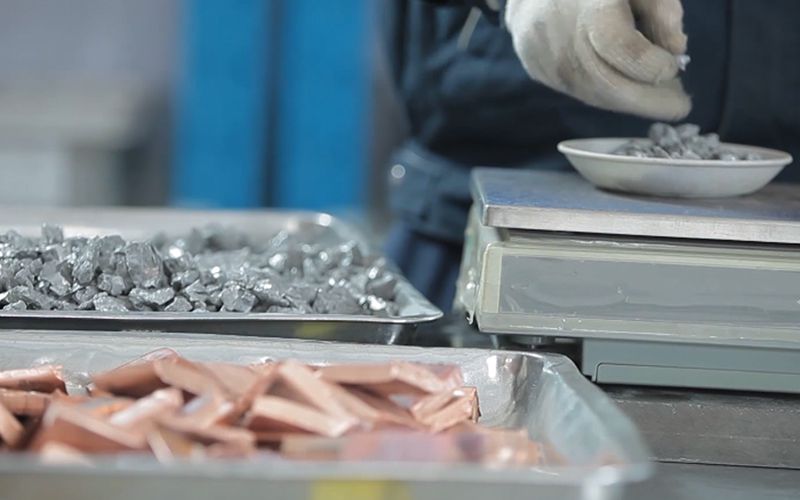The Fascinating World of Magnetic Materials
Have you ever wondered why some materials are attracted to magnets while others aren’t? The answer lies in the unique properties of magnetic metals. In this article, we will take a deep dive into the world of magnetic materials, exploring what makes them magnetic, the different types of magnets, and some interesting applications.
What Makes Materials Magnetic?
Magnetism is a fascinating phenomenon that occurs when certain materials are able to create a magnetic field. This property is due to the alignment of the material’s atomic or molecular structure. In simple terms, magnetic materials have tiny regions called magnetic domains, where the magnetic moments of individual atoms or molecules are aligned in the same direction.
There are three main types of magnetic materials:
- Ferromagnetic Materials: These materials are strongly attracted to magnets and can retain their magnetism even after the magnet is removed. Examples include iron, nickel, and cobalt. Ferromagnetic materials have a large number of well-aligned magnetic domains, allowing them to create a strong magnetic field.
- Paramagnetic Materials: Unlike ferromagnetic materials, paramagnetic materials are only weakly attracted to magnets. They have random arrangements of magnetic domains, which means their magnetic fields cancel each other out. However, when exposed to a magnetic field, the domains align and create a weak magnetic effect. Aluminum and platinum are examples of paramagnetic materials.
- Diamagnetic Materials: Diamagnetic materials are repelled by magnets. They have no well-aligned magnetic domains and their atomic or molecular structure causes the magnetic moments to oppose an external magnetic field. Common examples of diamagnetic materials include copper, gold, and water.
The Power of Rare Earth Magnets
When it comes to strong magnets, rare earth magnets steal the show. These magnets are made from alloys of rare earth elements such as neodymium and samarium. They are incredibly powerful, producing magnetic fields that are much stronger than traditional magnets.
Neodymium Magnets, in particular, are known for their exceptional strength. They are widely used in various applications, ranging from electric motors and generators to magnetic resonance imaging (MRI) machines and audio speakers. Their compact size and incredible strength make them a popular choice in modern technology.
Permanent Magnets: A Magnetic Marvel
Unlike temporary magnets, which lose their magnetism once the external magnetic field is removed, permanent magnets retain their magnetic properties indefinitely. This is due to the unique atomic structure of certain materials, such as rare earth magnets.
Permanent magnets are commonly used in everyday objects like refrigerator magnets, magnetic toys, and even in renewable energy systems like wind turbines. They play a crucial role in various industries, including aerospace, automotive, and electronics.
Exploring the Applications
The applications of magnetic materials are vast and diverse. Here are just a few examples:
- Magnetic Storage: Magnetic materials are used in computer hard drives and other storage devices, where information is stored as magnetic bits.
- Electromagnetic Devices: Magnetic materials are essential in the production of electric motors, transformers, and generators, which rely on the interaction between magnetic fields and electric currents.
- Medical Applications: Magnetic resonance imaging (MRI) machines utilize strong magnets to generate detailed images of the human body, aiding in the diagnosis and treatment of various medical conditions.
- Maglev Trains: Magnetic levitation (maglev) trains use powerful magnets to suspend and propel the train above the tracks, resulting in reduced friction and increased speed.
In Conclusion
Magnetic materials have revolutionized numerous industries and continue to play a vital role in our everyday lives. From the incredible strength of rare earth magnets to the versatility of permanent magnets, these materials have opened up a world of possibilities. So, the next time you’re holding a magnet, take a moment to appreciate the fascinating science behind it.


